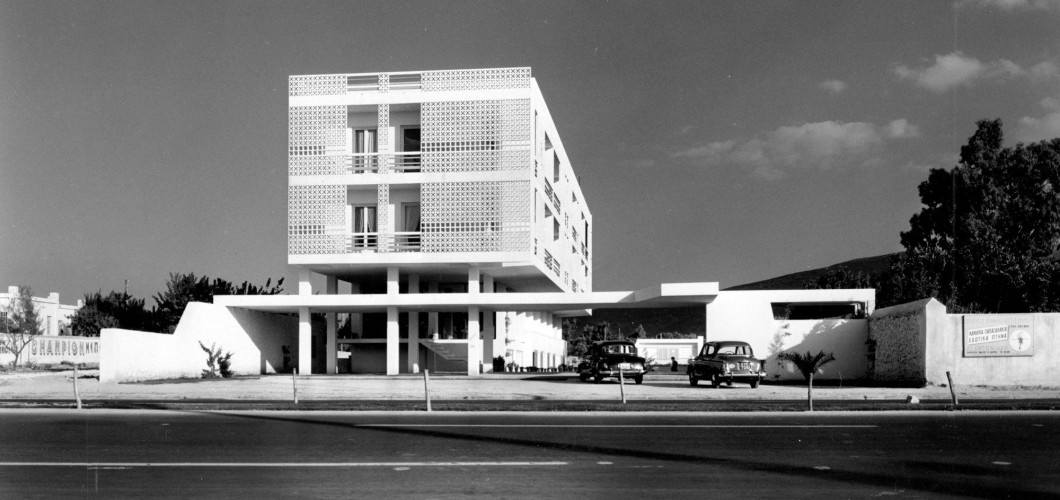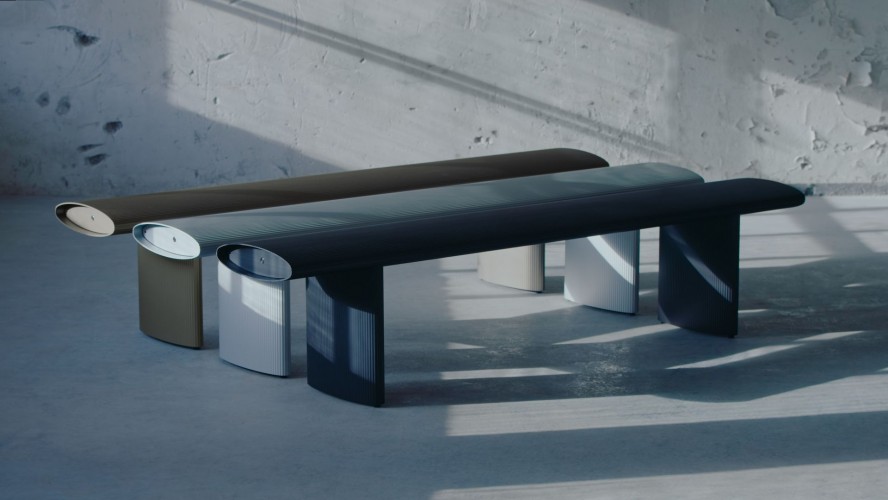Απορριμμάτων Εγκώμιο
DS.WRITER:
Τάσος Γιαννακόπουλος
Έπιπλα, χερούλια, κρεβάτια και όλα τα υπόλοιπα που απαρτίζουν μια κατοικία, είναι σχεδιασμένα από το χέρι του και σου κινούν την περιέργεια όντας φτιαγμένα από styrofoam, δηλαδή το γνωστό σε όλους μας “φελιζόλ”. Τα κομμάτια που επιλέγει για να κατασκευάσει, κολλώντας και δένοντάς τα μεταξύ τους με υαλοβάμβακα (fiberglass), είναι απορρίμματα• είναι σκουπίδια, είναι αυτό που κανείς πετάει αφού καταναλώσει.

Trashformers | Savas Laz facebook.com
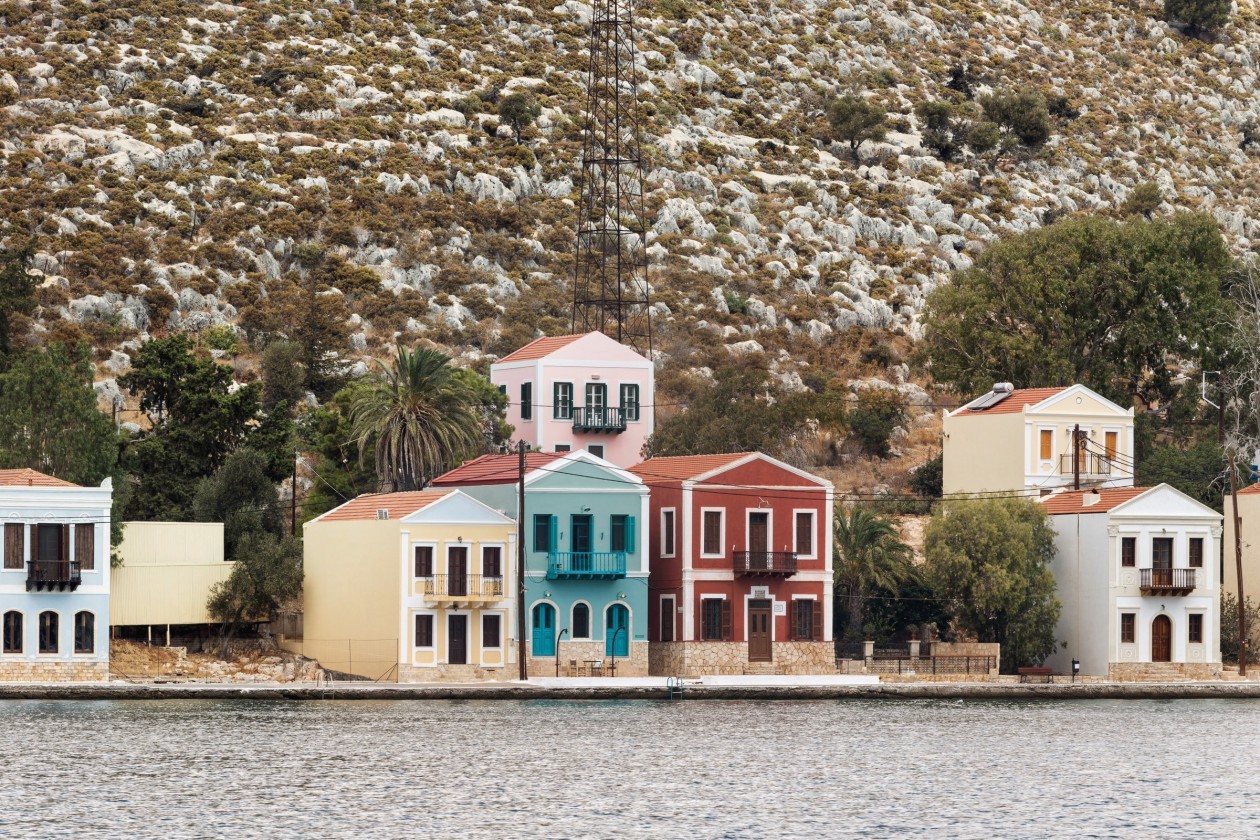
Pink House | ft.com
Τα Trashformers και το Pink House είναι μέρος ενός ευρύτερου project που θέλει να συμπεριλάβει όλο το νησί του Καστελόριζου, ώστε να το μεταμορφώσει σε έναν προορισμό για τις τέχνες και τον πολιτισμό, που θα εκκινεί μια συζήτηση και για τα δύο. Αυτή η ιδέα είναι πνευματικό παιδί μιας Ιταλίδας συλλέκτριας, το όνομα της οποίας είναι Nicoletta Fiorucci. Η Fiorucci είναι γνωστή για την ασχολία της να φυτεύει ανάλογες ιδέες στα τοπία πολλών και διαφορετικών νησιών στην Ευρώπη, με ριζοσπαστικά και πειραματικά αποτελέσματα. Περνάει τα καλοκαίρια της φιλοξενώντας νεαρούς καλλιτέχνες στο αρχιπέλαγο Li Galli κοντά στην ακτή Amalfi• το Fiorucci Art Trust που διαχειρίζεται μαζί με καλλιτέχνες, φιλοξενεί κάθε χρόνο το Volcano Extravaganza στο Stromboli.

Pink house | ft.com
Γνώρισε τον Σάββα λόγω μιας μεγάλης πράσινης καρέκλας του ιδίου σε μια επίσκεψή της στην Αθήνα, και τα υπόλοιπα είναι ιστορία, όπως λένε. “Αν ο Σάββας μπορεί να φτιάξει μια καρέκλα, τότε μπορεί να σχεδιάσει ένα ολόκληρο σπίτι”, ήταν οι σκέψεις της που κατέληξαν στο Pink House. Μέσα στο σχετικά συμβατικό εσωτερικό του, εγκαθίστανται, σαν τοτέμ από σκουπίδια βαμμένα λευκά, οι απροσδόκητες μορφές των Trashformers.
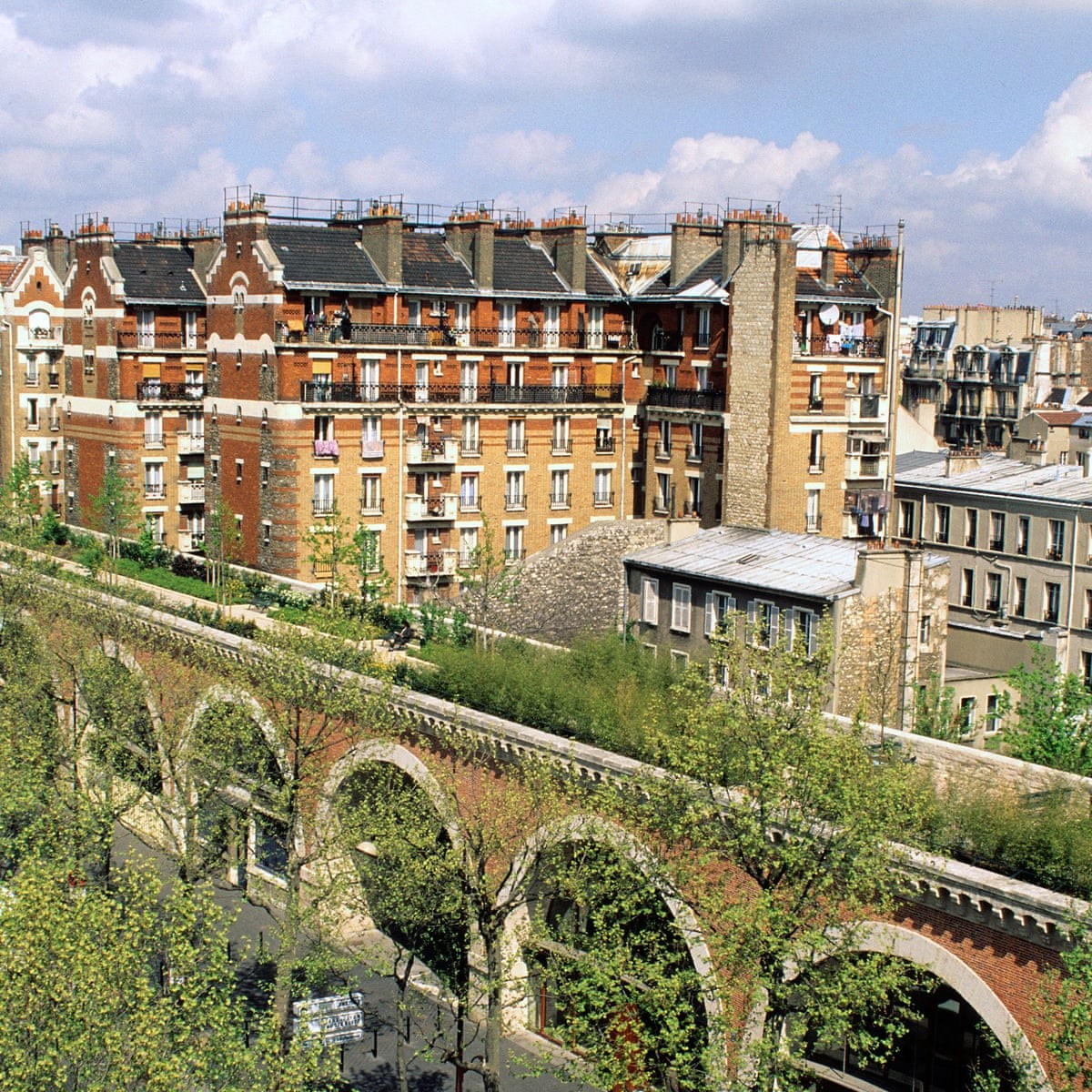
Pink house | savvaslaz.com
Θεωρώ πως δε θα ήταν ιδιαίτερα χρήσιμο να μιλήσει κανείς για τη μορφή τους και την όποια γλώσσα μπορεί να προτείνουν. Είναι όλα τους σύγχρονα έπιπλα που ενδιαφέρονται περισσότερο για το μήνυμα που μεταφέρουν, παρά για να είναι εύμορφα. Δεν κάνουν εμφατικά χρήση τής φόρμας τους. Αυτό είναι ξεπερασμένο πια! Η μορφή βρίσκεται απροσδόκητα εκεί, περισσότερο για να σκεφτεί κανείς σχετικά με αυτό που αντιπροσωπεύουν τα υλικά της, ο τρόπος κατασκευής της, ο αλλόκοτος συνδυασμός τους, παρά για τη συγκίνηση που η ίδια ως παρουσία είναι σε θέση να προσφέρει. Δεν είναι έπιπλα των Eames. Εδώ, το τυχαίο, το θραύσμα, τα απόβλητα σπόλια και το ενδεχόμενο παρελθόν τους ως απορρίμματα και ως συσκευασίες, είναι πιο ενδιαφέροντα από τη μορφή την ίδια.
Εν προκειμένω, βρισκόμαστε μπροστά σε ένα δίλημμα: είναι αυτό μια εφευρετική πολιτισμική τεχνική ανακύκλωσης απορριμμάτων και εξοικονόμησης πρώτων υλών, ή είναι ακόμη μια ιστορία αντιμετώπισης του σχεδιασμού ως μέρους της ατελείωτης οικονομικής παραγωγής και επέκτασης των πεδίων τής κατανάλωσης; Από τη μία έχουμε την εκδημοκράτιση του design, με τον Savvas Laz να μας εμπνέει να δούμε τα απορρίμματά μας δημιουργικά, και από την άλλη ένα ακόμη προϊόν. Η αμφισημία πολλές φορές είναι δύναμη.
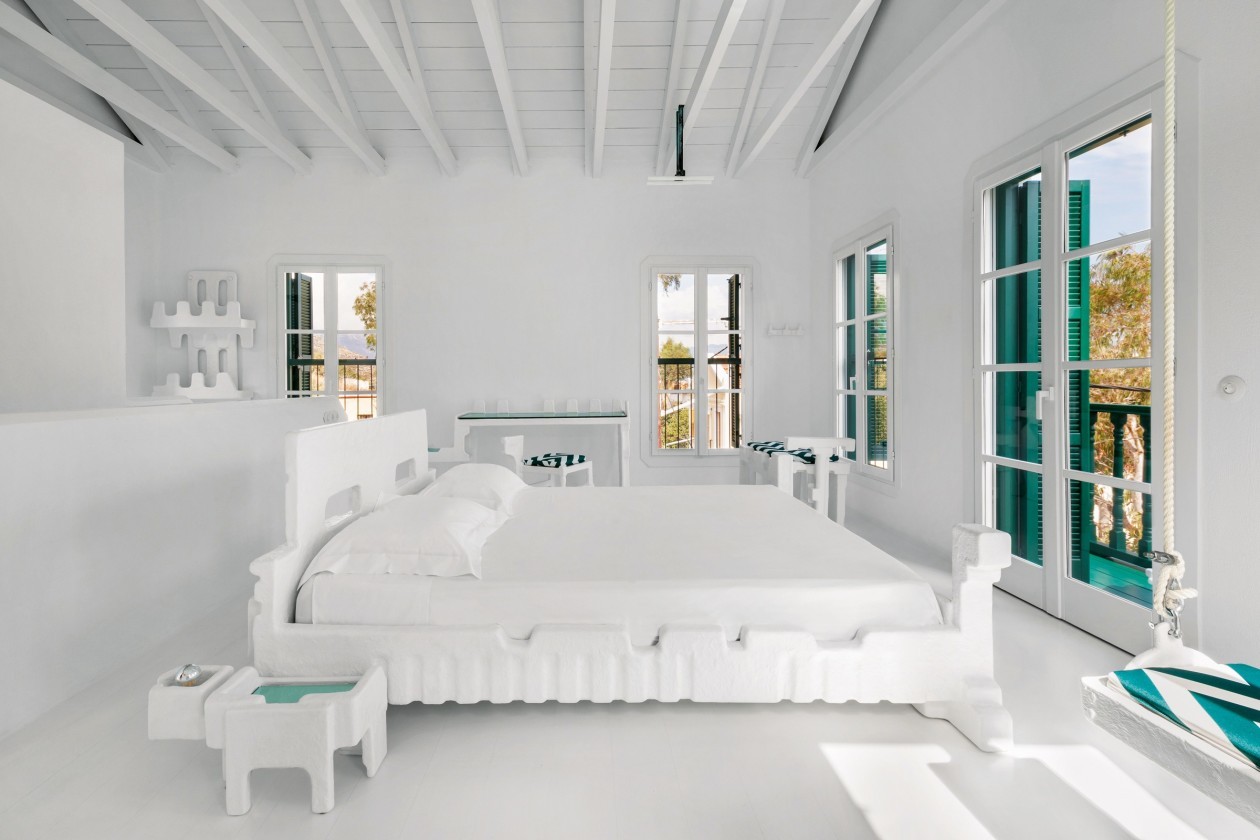
Pink house | ft.com
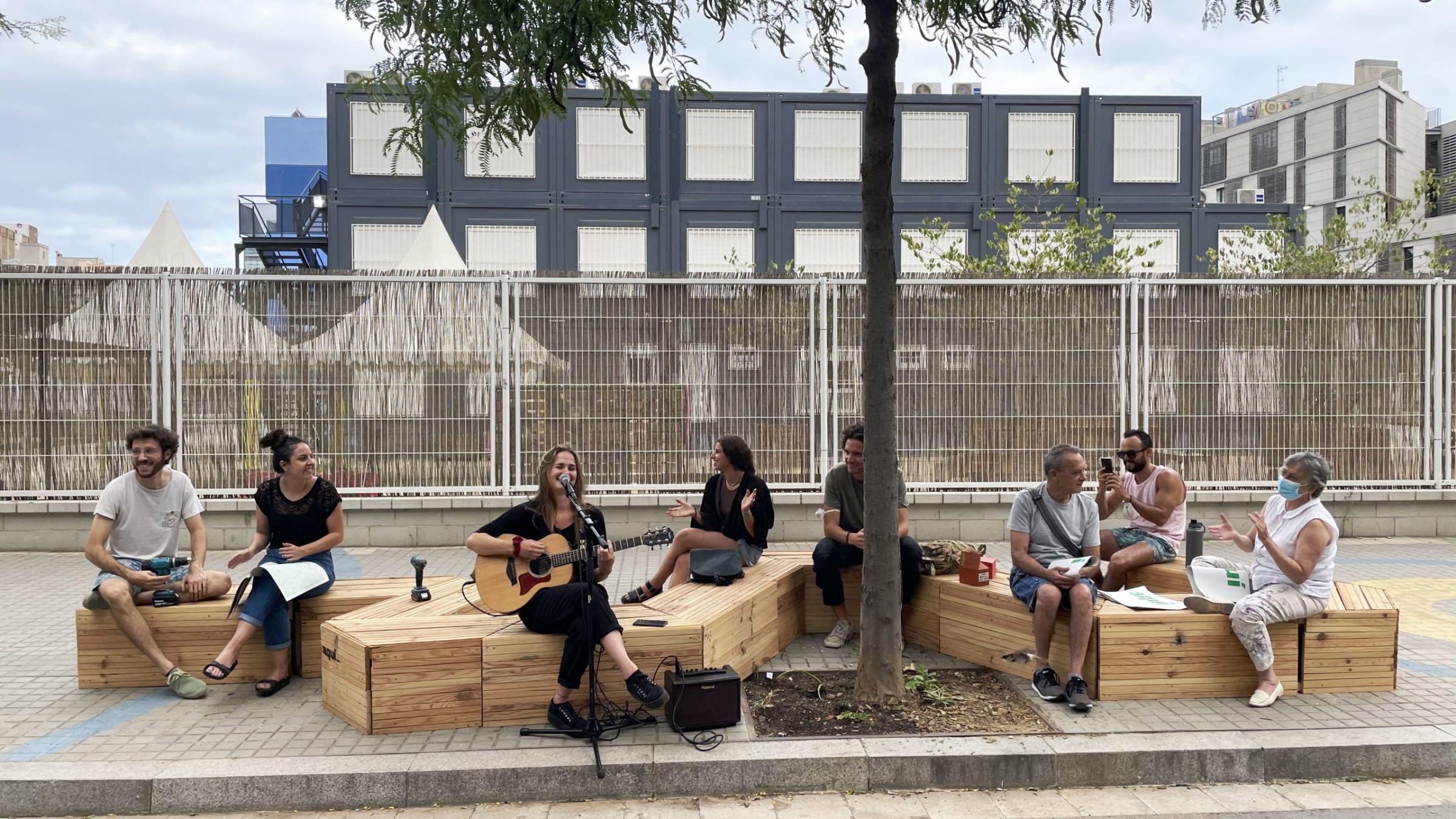
Pink house | ft.com







